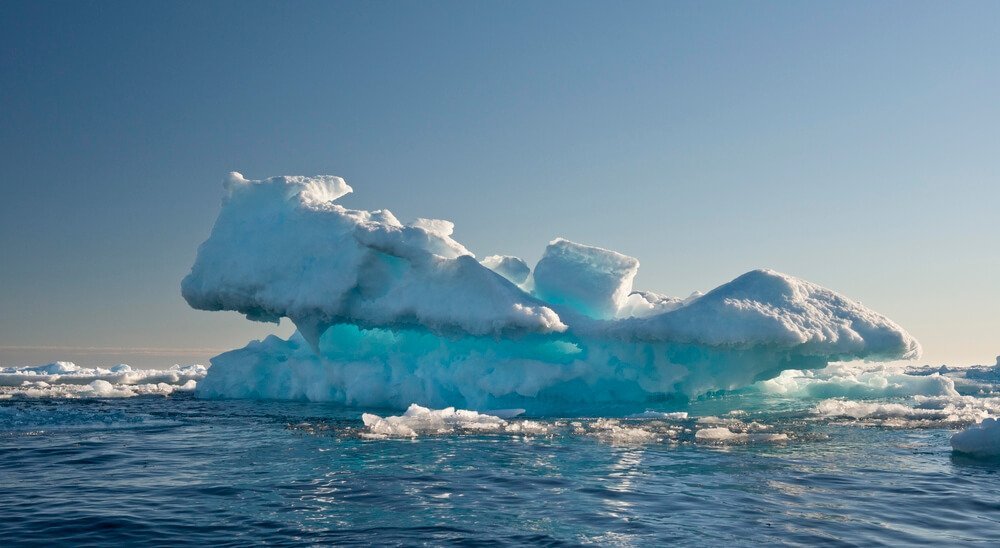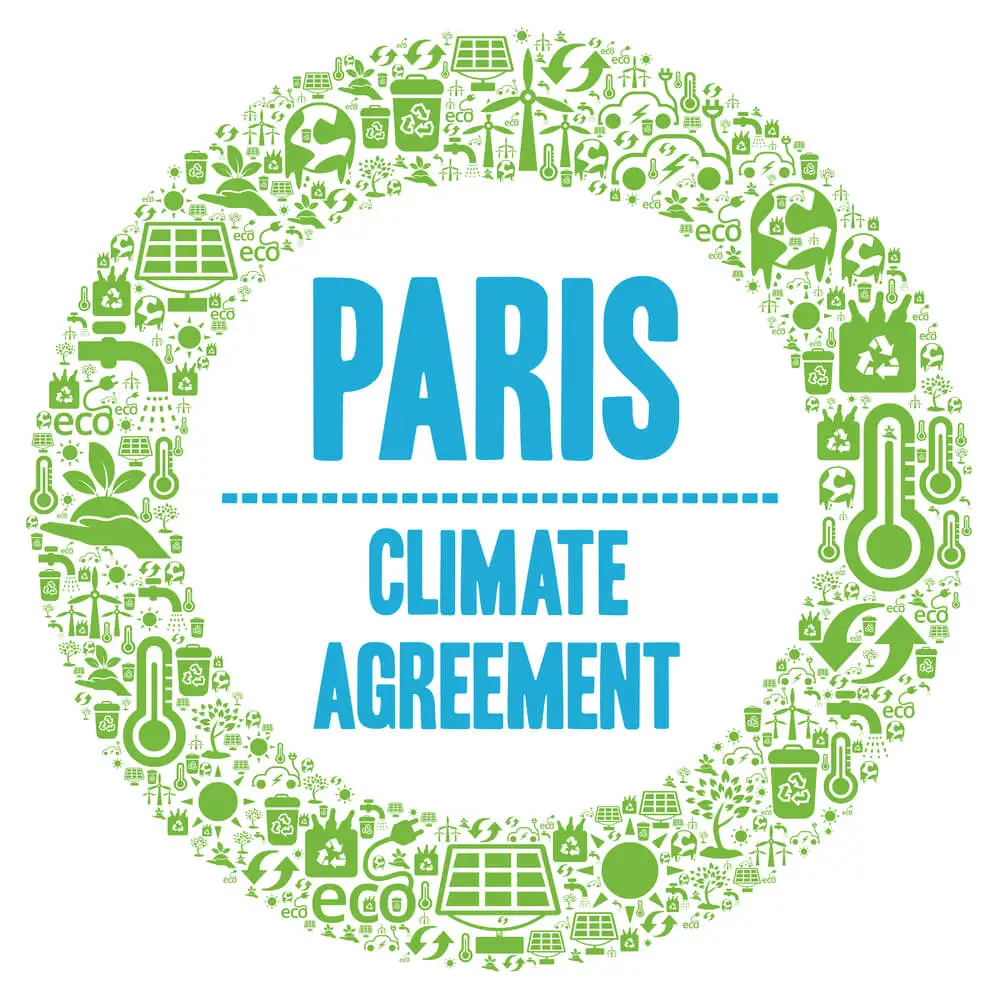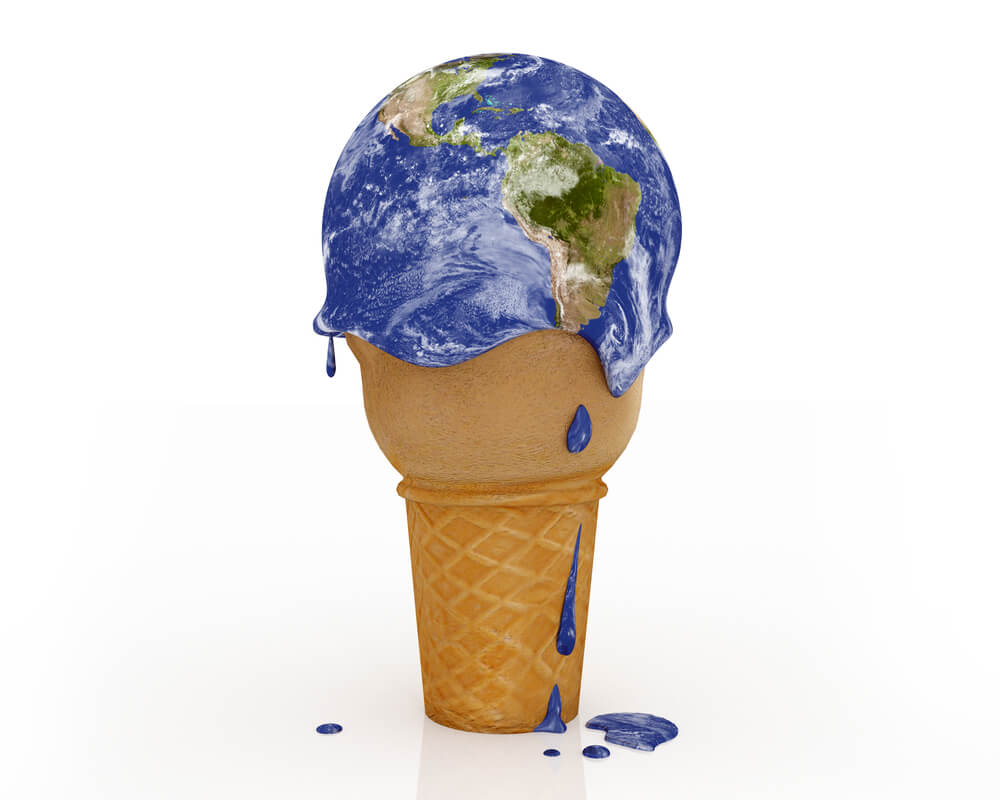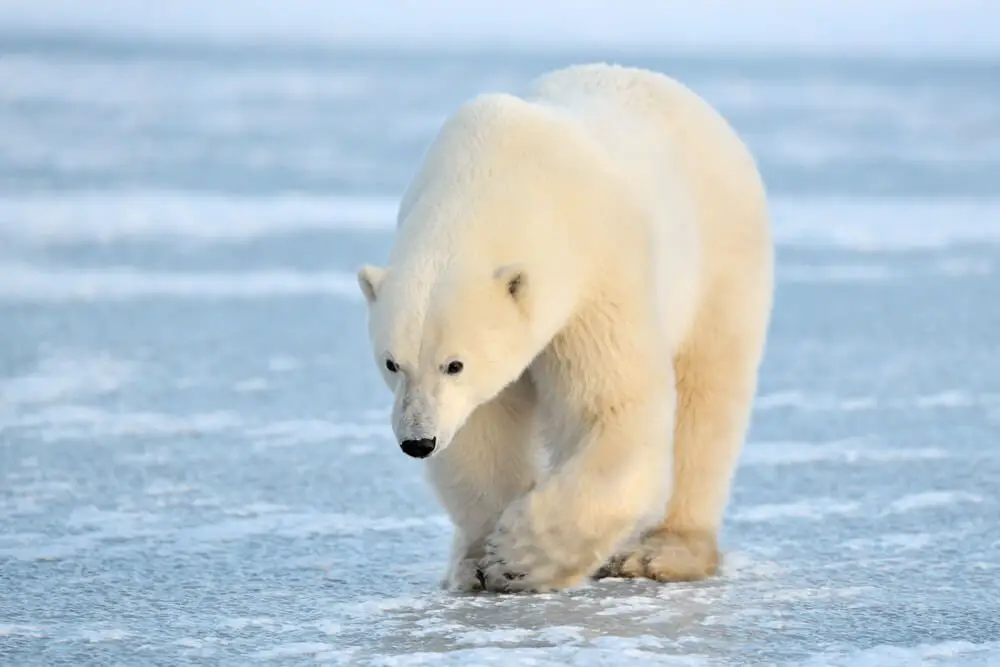Studies have demonstrated that the global temperature has risen 1 degree Celsius (2 degrees Fahrenheit) since the beginning of the Industrial Revolution, but is climate change heating the world evenly? In short, no – this statistic is merely an average for the entire world; some regions are heating faster, while others are a bit slower to catch up.
In this article, we will explain how climate change affects temperature increases and which regions of the world have a more exaggerated response to climate change than others.
We will also take a look to see what increases may lie ahead, especially for those parts of the world most dramatically affected.
Get your travelling shoes and your science goggles on as we traverse the world to see just what changes have occurred and are still in store for our warming Earth.
How is Climate Change Increasing Temperatures?
Have you ever stepped into a greenhouse in the middle of winter and marveled at how much warmer it was inside compared to outside? A greenhouse is built to trap in heat and the Earth’s atmosphere is no different.
Our atmosphere is like a bubble surrounding the planet, protecting us from the harsh cold of space by retaining the solar rays which heat up the Earth’s surface.
Some of this solar radiation is meant to bounce back into space so we don’t completely burn to a crisp, but the atmosphere holds in what is needed to sustain life.
Certain molecules such as water vapor, carbon dioxide, and methane act as extra heat trappers to keep the heat within the atmosphere instead of letting it escape.
As our climate changes, the concentration of these molecules has increased thus allowing the atmospheric bubble in which we live to become hotter.
What Parts of the World Are Warming Faster?
Let’s take a look at the regions of the world that seem to be warming faster than others due to climate change and the factors that influence this heightened effect.
The Arctic
Whenever anyone mentions climate change and the Arctic, the first thing you picture are polar bears standing on shrinking ice floats, right? Why is the Arctic the poster child for climate change?
During the colder months, surface ice is melting at a faster rate, potentially due to atmospheric systems that push warmer temperature storms toward the poles.
Because there is less ice, there are less reflective surfaces for the sun’s rays to bounce off and back out into space.
Therefore, more solar radiation is being trapped within the atmosphere and only exacerbating the rate of ice and snow melt thus continuing the vicious cycle.
Thus, the average temperature in the Arctic is creeping up faster and faster.
Continental Interiors
Land typically heats faster than water because it does not have an automatic “self-cooling” mechanism.
The surface layer of water (usually the hottest) has the ability to evaporate and leave temperatures cooler than before.
In addition, coastal upwelling of oceans forces cooler bottom water to replace warmer top water and self-regulate the ocean’s temperatures.
The Northern Hemispheric continents – North America, Africa, Europe, and Asia – are seeing faster temperature rises because there is overall more land mass and less ocean than the Southern Hemispheric continents – South America and Australia.
The soil of the continents can only hold so much water and once this has been evaporated, the temperature increases faster because there is nothing to absorb the heat.
This is why the middle of the continents heats faster than their coastal counterparts.
Northeastern United States
Wait a minute, New England? What makes New England so special that it’s heating up 50% faster than the global average?
First and foremost, the winters are usually accompanied by large amounts of snow and ice so New England is starting to experience the same problem that the Arctic is – less solar reflective surfaces to send those heat waves out of the atmosphere.
Secondly, the Gulf of Maine – the body of water between Canada and southern New England – has one of the highest temperature increases of any body of water worldwide.
So, proximity to this massive chunk of the Atlantic isn’t helping to cool down the land mass.
Future Temperature Projections
If temperatures keep rising due to climate change, what can we expect to see over the next 100 years?
The International Panel on Climate Change released several potential scenarios regarding the increase in temperature by the year 2100.
The differences are largely based on the changes of greenhouse gas concentrations assuming it is driven by human influence.
- The Arctic: It looks like no matter how you slice it, the Arctic will continue to get the short end of the stick and increase in temperature by at least 5 to 9 degrees Celsius. Sorry, polar bears…
- Continental Interiors: The landlocked regions are also looking pretty balmy with a 5 to 7 degrees Celsius increase by 2100.
- Northeastern United States: New England seems to be matching the continental interiors with a 5 to 7 degrees Celsius increase as well. So long, snowy winters!
- The Oceans: Ocean waters are still following suit to trend less warming than their land counterparts, however the world’s oceans are still projected to increase 1 to 5 degrees Celsius by 2100.
Riding the Heat Wave
While not all parts of the world are heating evenly due to climate change, over all the atmosphere is warming up.
Certainly regions such as New England, the Arctic, and the middle of the continents have seen and will continue to see the most drastic increases in temperature.
As the greenhouse gas concentration continues to build, winters will be different than what they once were and summers will be hotter than ever.
Looking ahead to the future, it will be interesting to note how the projections match the data and if the disparity between faster and slower heating regions persists on growing.






